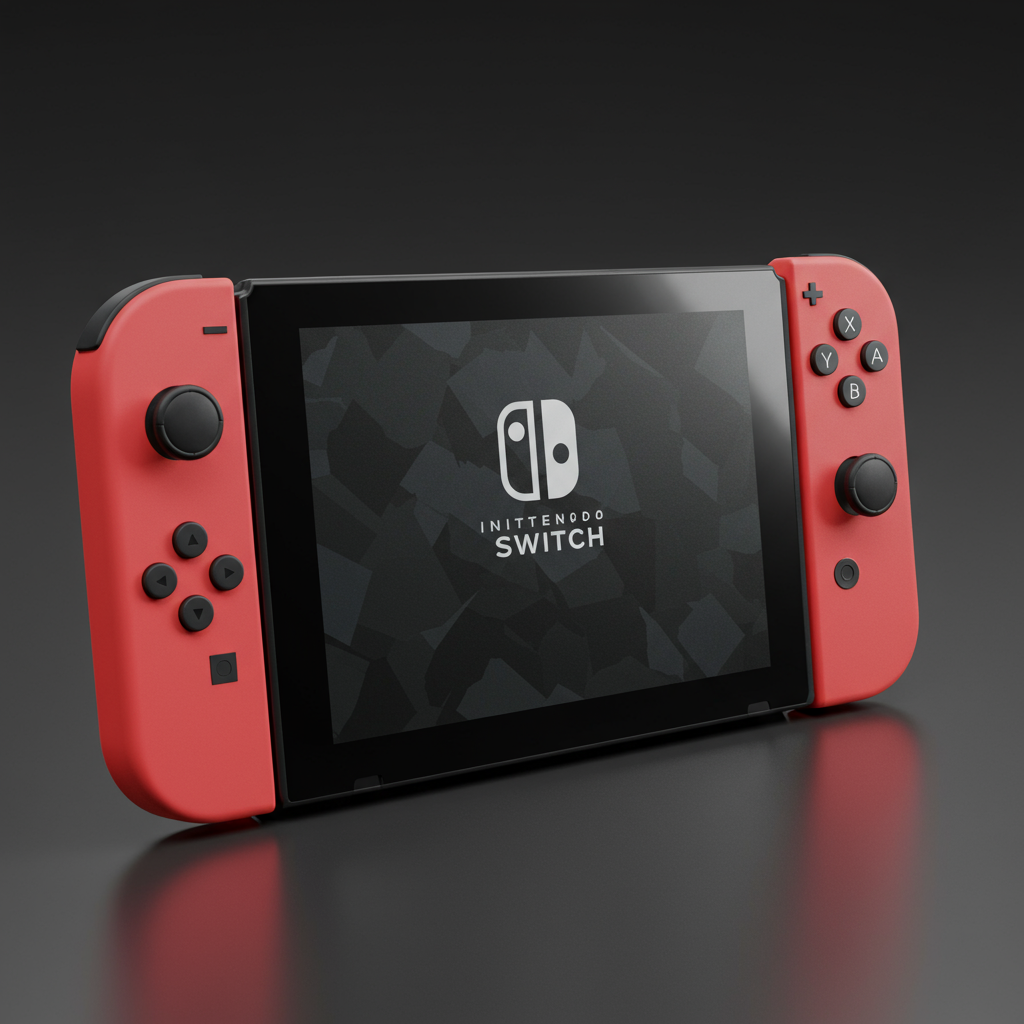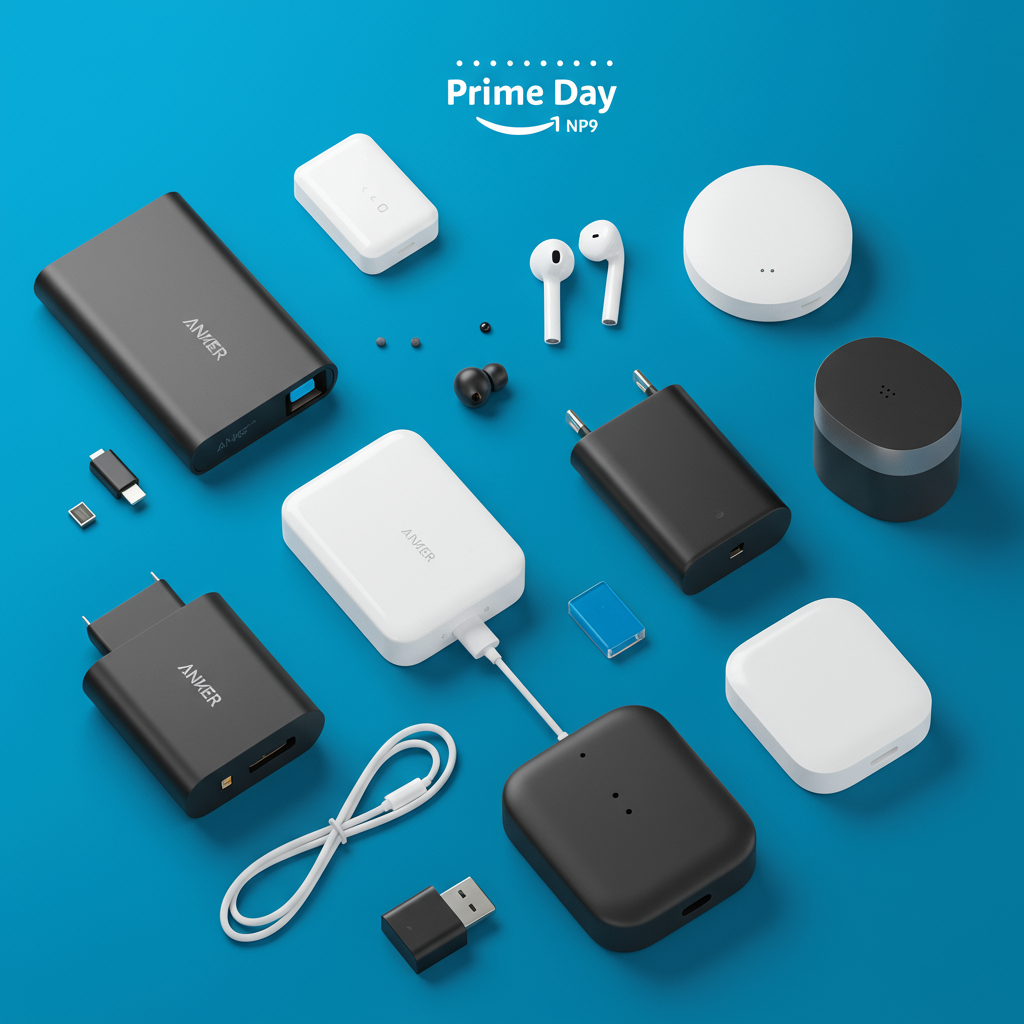Tech experts at Digital Foundry have delivered their comprehensive verdict on the upcoming Nintendo Switch 2 console, offering a mostly positive assessment tempered by significant concerns about the display. While praising many aspects of the next-generation hardware, veteran reviewer Richard Leadbetter highlighted the console’s LCD screen as a notable disappointment.
Digital Foundry’s Praises for the Switch 2 Hardware
Overall, Leadbetter expressed satisfaction with Nintendo’s new hybrid system, considering it a refined and effective generational upgrade. Despite being larger than the original Switch, the Switch 2 maintains a similar thinness, making it feel considerably less bulky compared to devices like the Steam Deck. The larger screen contributes to a more immersive gaming experience, and color reproduction is significantly improved over the 2017 model.
A particularly positive point noted was the console’s performance capabilities in handheld mode. Digital Foundry was impressed by the number of games running natively at 1080p, citing ‘Mario Kart World’ as an example. Furthermore, titles leveraging DLSS to upscale to 1080p yielded “pleasing results,” demonstrating a substantial leap in visual output for handheld play.
Beyond the core performance and display size, several hardware details received praise. The new Joy-Con controllers were viewed favorably, as were seemingly minor but appreciated additions like the “little ‘feet’ on the bottom of the unit.” A key enhancement highlighted was the integrated GameChat feature. Unlike previous Nintendo systems that often required external solutions, the Switch 2 offers true, integrated voice communication, promising a “seamless and more connected experience” for online multiplayer titles, a feature Leadbetter found highly commendable.
The “Problematic” LCD Screen: A Major Disappointment
Despite the overall positive sentiment, the choice of an LCD panel for the Switch 2 proved to be a clear drawback for Digital Foundry. The display was deemed “problematic in a number of ways,” falling short of expectations, particularly when compared to the vibrant OLED panel available on the current Switch model.
Digital Foundry noted issues with HDR implementation, stating the edge-lit LCD screen, which barely reaches 420 nits brightness, “will never deliver anything like a decent high dynamic range experience.” The signature contrast and highlights expected from HDR content were “almost completely absent” in handheld mode.
Even more concerning was the screen’s motion quality. Leadbetter found the Switch 2 LCD’s blurring characteristics to be “easily worse than the 2017 Switch’s display.” This lack of clarity during motion was starkly apparent when viewed side-by-side with the sharp, responsive Switch OLED panel.
Additionally, the review pointed out “clear problems” with the console’s Variable Refresh Rate (VRR) functionality. While the underlying hardware and included software demos suggest that a “fully featured VRR on Switch 2 is possible,” including support for low frame-rate compensation, the current implementation appears to have issues.
A minor hardware criticism was directed at the length of the included USB-C cables, which were felt to be simply too short.
Overall Verdict
Digital Foundry’s extensive testing concludes that the Nintendo Switch 2 is a legitimate generational step forward, offering significant improvements in performance, form factor feel, and features like integrated voice chat. However, the decision to use an LCD display instead of OLED results in a screen that is notably inferior in key areas like HDR performance and motion clarity, marking it as the console’s primary weakness and a step back compared to the premium Switch OLED model.




